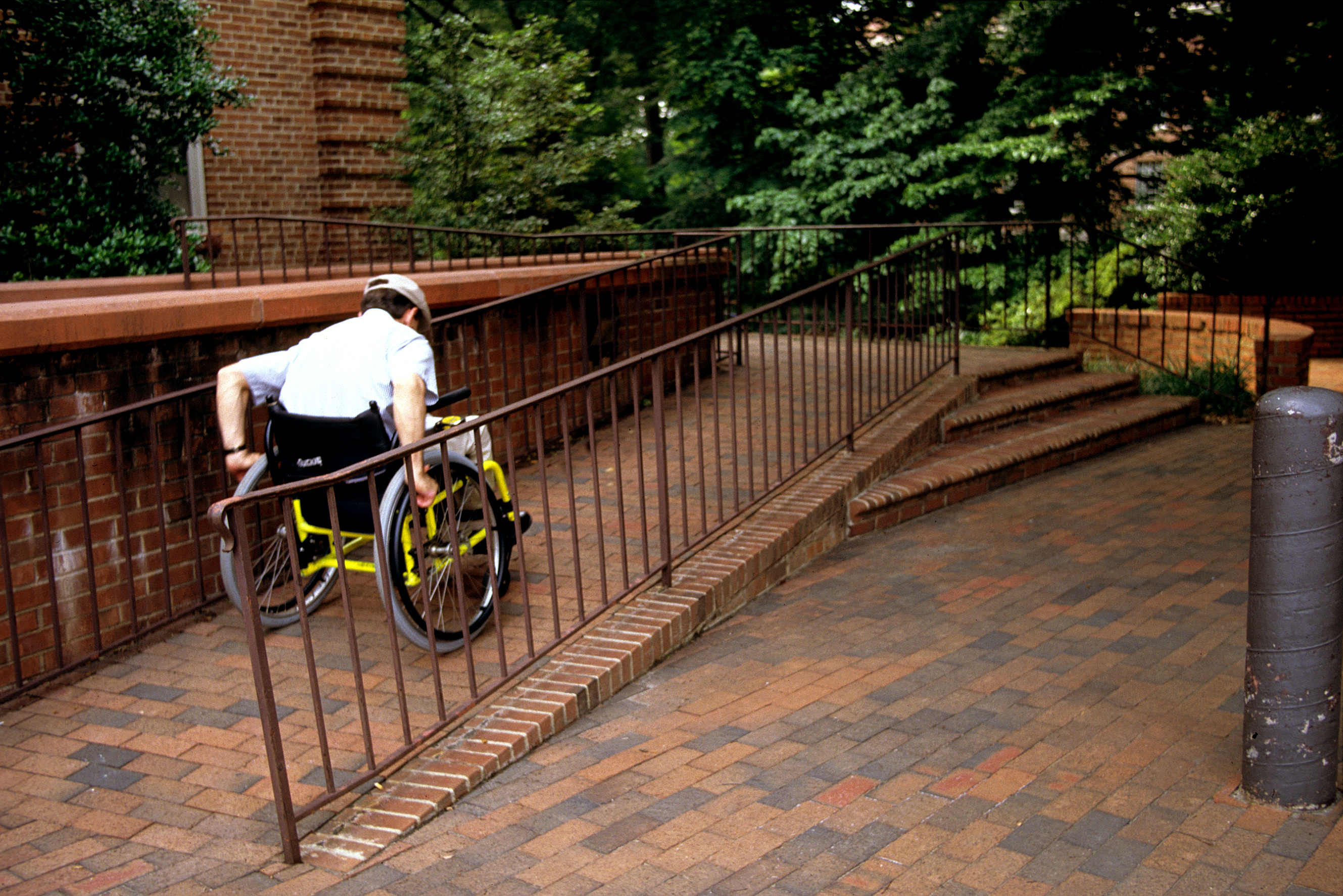Lesson 1
Angles and Steepness
- Let’s solve problems about right triangles.
1.1: Ratios Galore
Triangle \(ABC\) is similar to triangle \(DEF\). Write as many equations as you can to describe the relationships between the sides and angles of the 2 triangles.

1.2: Can You Calculate?
Find the values of \(x, y, \text{ and } z\). If there is not enough information, what else do you need to know?

1.3: Is it Accessible?

- Some buildings offer ramps in addition to stairs so people in wheelchairs have access to the building. What characteristics make a ramp safe?
- A school has 4 steps to the front door. Each step is 7 inches tall. Design a ramp for the school.
- Your teacher will give you the Americans with Disabilities Act (ADA) guidelines. Does your design follow the rules of this law? If not, draw a new design that does.

- What is the angle measurement if the base is only 6 units long and the height is 1 unit tall?
- When the length is half as long does that make the angle half as big?
- What is the angle measurement if the base is 6 units long and the height is increased to 2 units tall?
- When the height is twice as tall does that make the angle twice as big?
Summary
Because of the Pythagorean Theorem, if we know any 2 sides of a right triangle, we can calculate the length of the third side. But what if we know a side and an angle rather than 2 sides?
All right triangles with one pair of congruent acute angles are similar by the Angle-Angle Triangle Similarity Theorem. Knowing just one side length in addition to those angle measures is enough to uniquely define the triangle.
The Americans with Disabilities Act includes guidelines for safe and accessible wheelchair ramps. Ramps must form a maximum 4.8 degree angle with the ground, which creates a maximum \(1:12\) ratio for the legs of the right triangle.

Let's assume we are building a ramp for a 3 inch threshold.

To find length \(x\) we can use similarity. By corresponding sides, \(\frac{1}{12}=\frac{3}{x}\) so \(x\) is 36 units. To find length \(y\) we can use the Pythagorean Theorem, \(3^2+36^2=y^2\). So \(y=\sqrt{1,\!305}\) or about 36.1 units. To build a ramp that goes up 3 inches we need to start 36 inches, or 3 feet, out from the edge of the threshold and use a board that's about 36.1 inches long.